It’s been a whole ten years since Toyota expanded the Prius hybrid lineup with the smaller Prius c. That’s a long time in automotive circles, but despite rumours of the contrary, the Japanese carmaker has finally introduced a second-generation model, billed as “a compact car for the next ten years.” No pressure, then.
Good thing, then, that the new car represents nothing less than a comprehensive redesign, even though the overall shape, styling and dimensions remain very similar. Built on the B-segment version of the Toyota New Global Architecture (TNGA-B), the Prius c still measures 4,050 mm long and 1,695 mm wide. However, the car is now 30 mm taller at 1,485 mm; more importantly, its wheelbase is now 50 mm longer at 2,600 mm. Toyota says the latter increases interior roominess, particularly rear legroom and boot space.
At the heart of every Prius is the fuel-efficient hybrid powertrain, totally revised for the new Prius c. Power comes from an Atkinson-cycle version of the latest 1.5 litre Dynamic Force three-cylinder engine – the same one used in the Yaris hatchback and Yaris Cross SUV – that makes 91 PS at 5,500 rpm and 120 Nm of torque from 3,800 to 4,800 rpm.
The mill is mated to the two electric motors and planetary gearset of the tried and tested Toyota Hybrid System II, with the larger motor producing 80 PS and 141 Nm. No combined power figure has been released just yet, but the Yaris and Yaris Cross with the same setup make 116 PS, 16 PS more than the old Prius c.
All that may not sound so revolutionary, but the big news is the battery. Despite still utilising nickel-metal hydride (NiMH) cells, it features the world’s first use of bipolar technology, applying the cathode to one side of each current collector and the anode to the other. These “bipolar electrodes” minimise the number of current collectors and other parts used, making the stacked battery cells more compact.
These electrodes also have a greater active surface area and a simpler construction, reducing the resistance within the battery itself. This enables the flow of larger currents to increase outputs by approximately 1.5%. Together with the more compact design (allowing more cells to be fitted), the new technology allows the new Prius c’s battery to be around twice as powerful as the outgoing model’s.
Toyota says that the new battery enables the new car to deliver improved throttle response, smooth-yet-powerful acceleration from low speeds and an increased speed range using electric propulsion alone. It also means that the Prius c is able to produce a combined fuel economy figure of 35.8 km per litre on the WLTP cycle, up from 29.8 km per litre previously.
In its home market in Japan (where it is badged the Aqua), the car is also available with E-Four all-wheel drive for the first time, adding another electric motor on the rear axle. The second-gen model also marks the debut of the Comfort Pedal, activated using the Power+ Mode, which increases regenerative braking upon lifting the throttle to allow for one-pedal driving.
On the outside, the new Prius c retains the one-box silhouette of the outgoing model but adds a few distinctive flourishes. These include slimmer LED headlights (available with projectors and striking C-shaped daytime running lights/indicators), a U-shaped lower grille frame, an upswept C-pillar crease and vertical C-shaped taillights that merge into the tailgate spoiler. Wider rear fenders add some muscle to the friendly look, which is accentuated by the nine available colours, including a new Clear Beige.
The interior continues the sweeping forms of the outside, with the dashboard encased by a thin frame and wrapped in faux leather – as are the door panels and seats (now available with power adjustment on the driver’s side). The Prius c is also Toyota’s first compact model to come with the larger 10.5-inch centre infotainment touchscreen; an upper glovebox and a sliding centre console tray are fitted as well. A 100-volt AC power outlet, located at the rear of the centre tunnel, comes as standard in Japan.
Safety-wise, the Prius c is fitted with the obligatory range of Toyota Safety Sense driver assistance systems, including autonomous emergency braking with cross traffic detection, adaptive cruise control, lane centring assist and pedal misapplication control. For the first time, the car is also offered with parking assist and low-speed autonomous emergency braking that now detects objects on either side.
The Prius c will be available in dealers in Japan starting this Saturday, with prices ranging from 1,980,000 yen (RM76,200) for the base B model to 2,598,000 yen (RM100,000) for the top-spec Z with optional all-wheel drive. Toyota hopes to sell 9,800 units per month in its home market.
Looking to sell your car? Sell it with Carro.

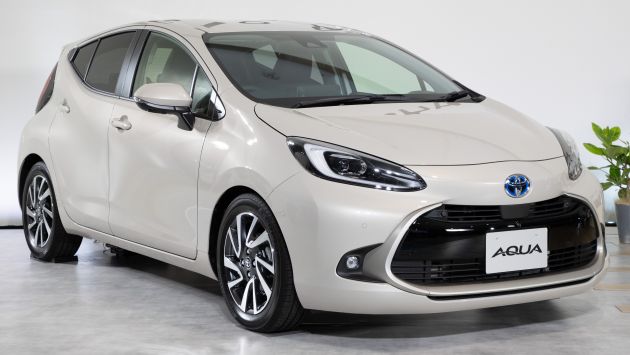
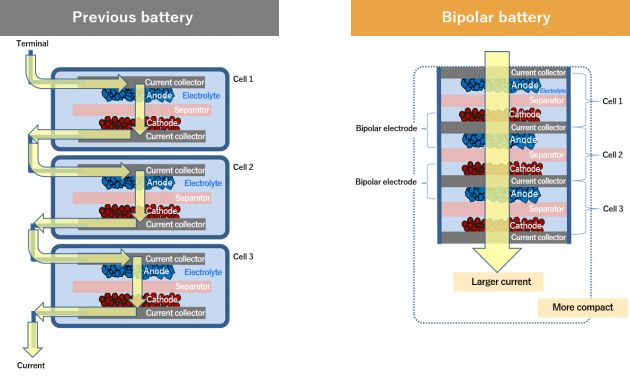
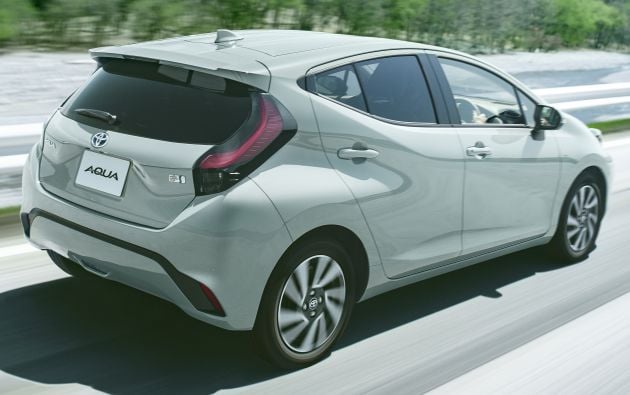
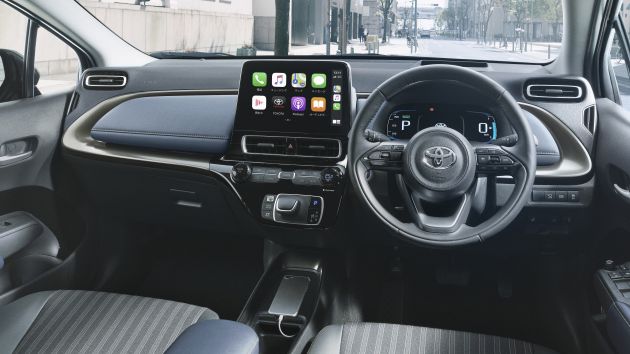
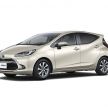
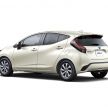










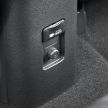

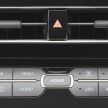

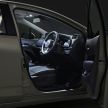
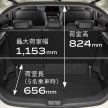
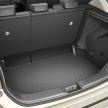




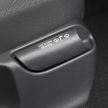
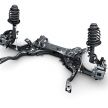




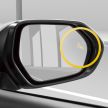

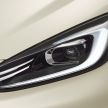
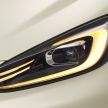
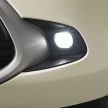
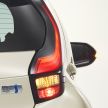
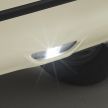
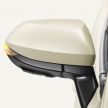
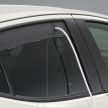
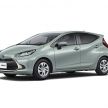
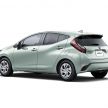






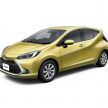
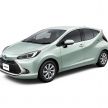
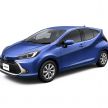

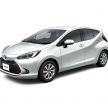
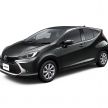
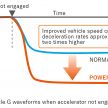
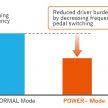
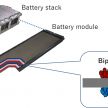
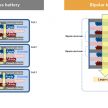
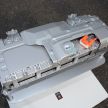































It looks muscular and tougher with TNGA Platform.
interior also looks better than Japan Fit/Jazz HEV.
Toyota takes top 6 spots in Japan’s H1 2021 sales, Honda only 9th, but it’s Not Jazz – It’s Honda Freed.
This prius C might push Honda brand out of Japan Top 10 already. even Nissan Note sells more than Honda Jazz. Given its just gonna competing fiercely with Nissan Note.
Honda only do well for Kei car now, @ Japan,
same level as Daihatsu and Suzuki.
Beautiful
Looking forward to Prius C in future
This certainly has bipolar design with Mazda gapping mouth front and Honda Jazz GK rear
More like myvi 2nd generation rear tail light
Umwt should bring this in, since bukit raja planning to assemble hybrid cars
Aqua Fish Car
Take my money
City RS tech better. No weirdo interior
This look fresh. I like this
Not too cute not too sporty, I like it. Since japan-spec Yaris is not available here, why not UMW bring this by CKD it as new Yaris for us?? I’m expecting it will be a lot roomier than current Yaris that we had now
Myvi is that you?
Why is the front grill looking like min Cooper ?
Overall design of Toyota Aqua seems to take influence of Mercedes A-class.
But design wise, I quite like this.
Minato Aqua would be proud